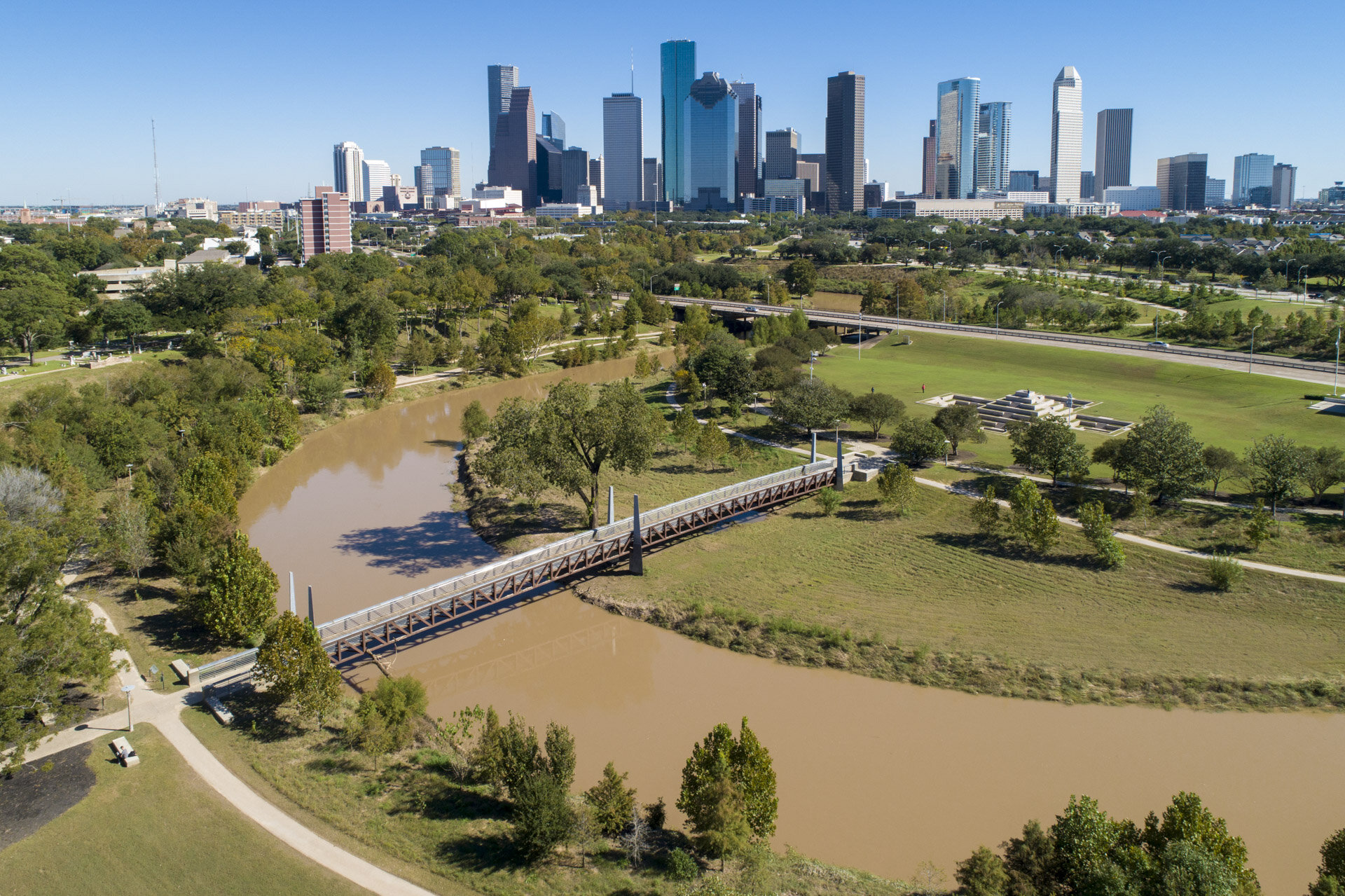We are thrilled to announce that the KCDC’s 2016-2018 project West Bottoms Reborn: A System of Public Spaces, has received another award. Last Friday, the project received a citation award at the AIA KC Design Excellence Awards. The jury’s comments were as follows:
This project was very interesting to us as the perfect example of a process for the community to look at revitalizing their downtown neighborhood and also for the way that the designers developed proof of concepts around the sites-- they used a very imaginative way of looking at a city, and it brought an interdisciplinary team together to look at the opportunities within the downtown area.
Congratulations to all of the students and team artists that worked on the project, your hard work made the project what it is. Lastly, thanks to all of the community members, stakeholders, and supporters that invested their time and interest in the project!










